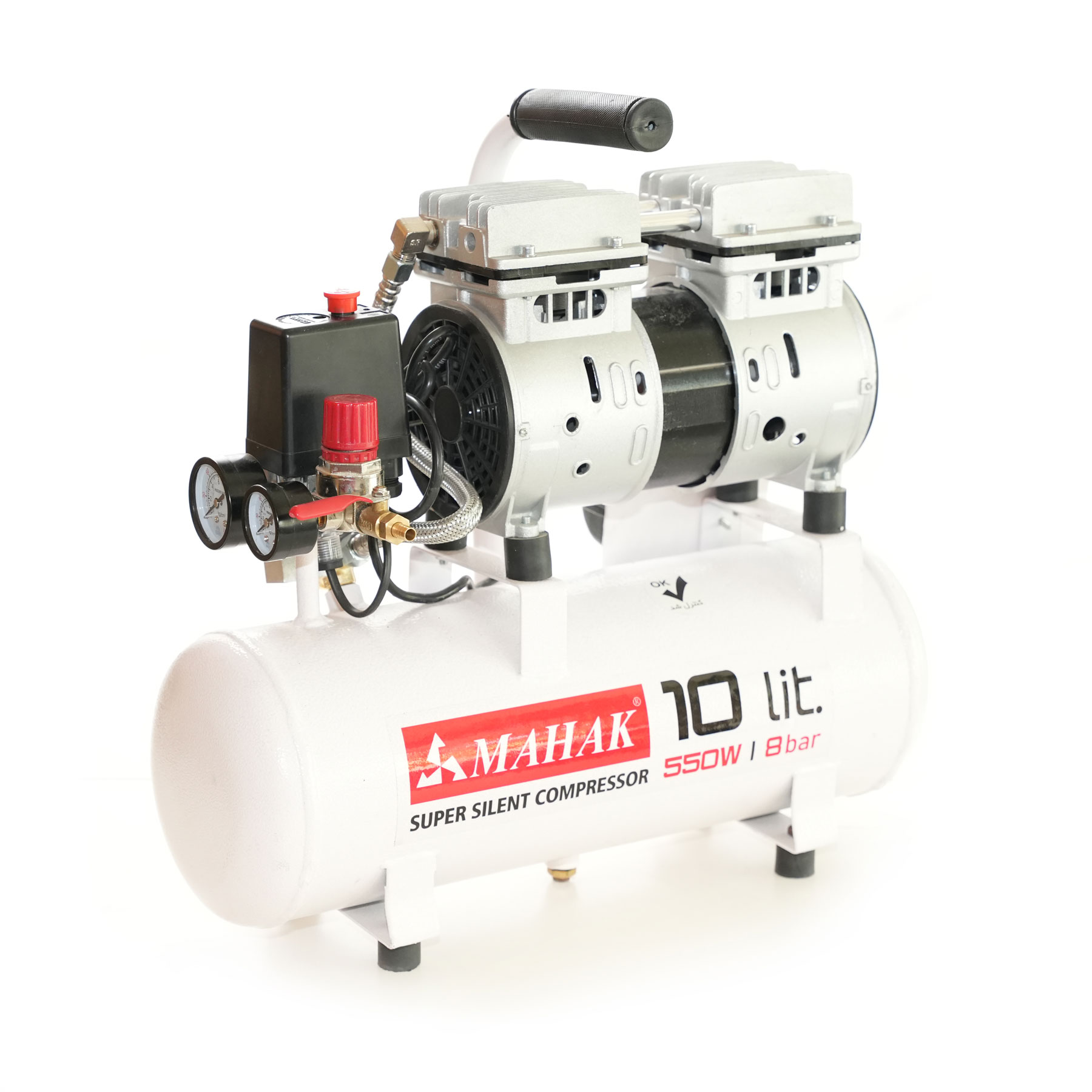Maintenance and Longevity
Regular maintenance ensures optimal performance and extends compressor lifespan. This includes draining the tank to remove moisture, checking air filters, and lubricating moving parts (if applicable). Ignoring maintenance leads to reduced efficiency, increased wear, and potential breakdowns. Consult the manufacturer's manual for specific maintenance recommendations.

















